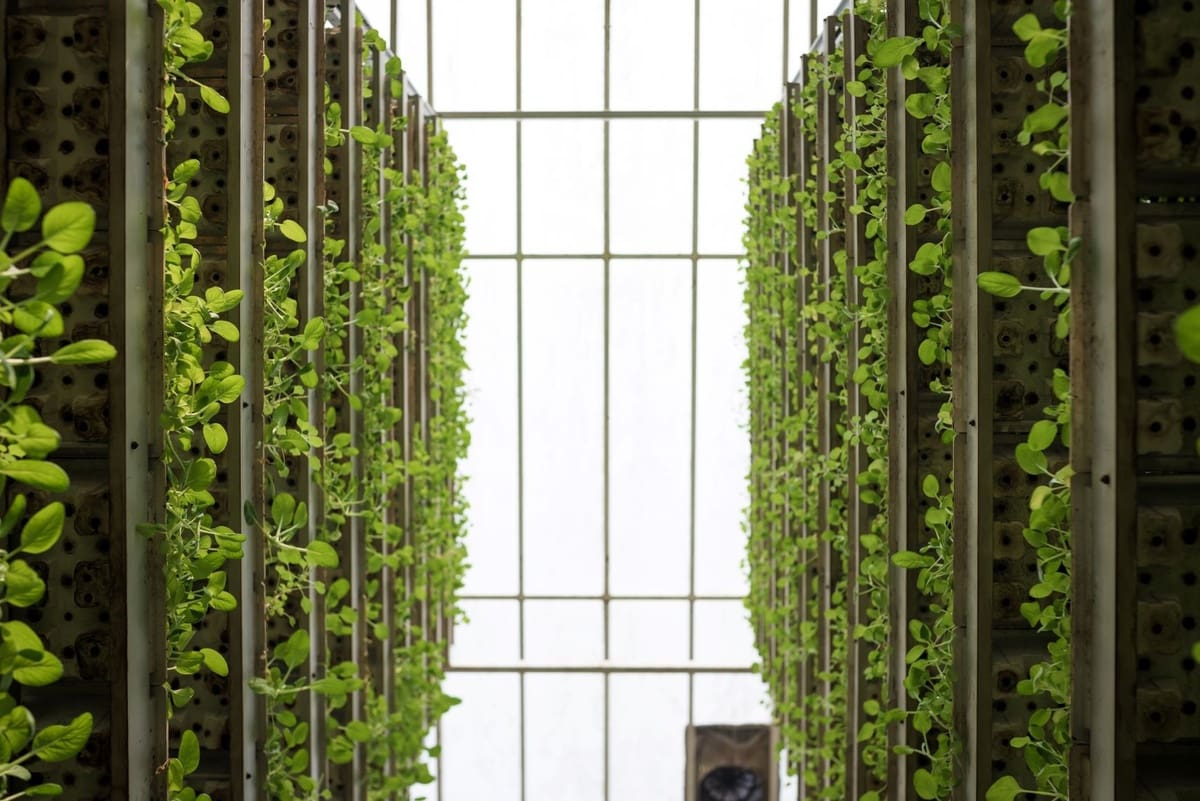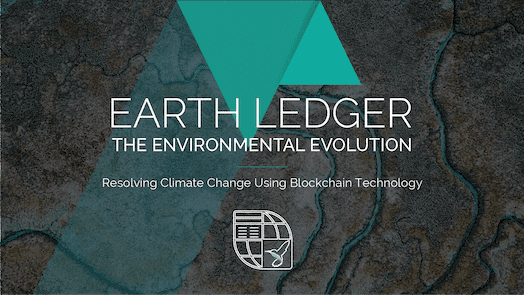
More than half of the world’s population now lives in cities, and two in three people are expected to do so by 2050, according to the United Nations.
The unit cost of supplying electricity, water, food and other modern amenities in a dense, compact and well-planned city is lower than in the countryside, said Balakrishnan, who was previously the country’s environment minister. This may be counter-intuitive to the notion of nature lovers wanting to live in the countryside and “see green”, he told an audience of about 150 industry representatives.
With buildings accounting for some 36 percent of global energy use—such as for air-conditioning—the sector has a significant role to play in addressing the climate crisis.
“The building industry is crucial. It is crucial in a world confronting climate change, it is crucial in a world undergoing rapid and progressive urbanisation,” said Balakrishnan.
Buildings account for 39 percent of the world’s energy-related carbon emissions, of which 28 percent is from operational emissions while 11 percent is from embodied emissions, which refers to the carbon dioxide emitted from the manufacture, transportation and construction of building materials.
There are differing views on what cities of the future should look like, however. Some, such as Dr Sanjay Kuttan, executive director of the Singapore Maritime Institute and former programme director at Nanyang Technological University’s Energy Research Institute, are of the view that decentralised communities with their own self-sustaining food, energy and water resources are the way to go.
Cities on the frontline
Cities are on the frontline of the climate change battle, said associate professor of humanities Winston Chow of the Singapore Management University at the forum.
This is because present and future climate risks—such as heat stress, exposure to floods and droughts and extreme sea level events—are concentrated in urban areas.
Building design and construction is also critical to climate change adaptation as well as mitigation of the urban heat island effect, which causes built-up areas to be several degrees hotter than forested or rural areas. Developers could use heat-resistant construction materials, for instance.
In addition, cities can mitigate climate change impact by greater use of renewable energy and energy efficiency, said Chow, a lead author of the Intergovernmental Panel on Climate Change’s sixth assessment report. Singapore is starting to see net-zero buildings, which generate as much energy as they consume.
An 80 to 90 percent reduction of building-related carbon-dioxide emissions is needed by 2050 for the world to keep warming to 1.5°C above pre-industrial levels by 2100, said Chow. The world is already 0.9°C warmer than pre-industrial times, he noted.
The Singapore Building and Construction Authority introduced its Green Mark Scheme in 2005 to promote more environmentally friendly and energy-efficient buildings. Forty percent of buildings in Singapore are now Green Mark-certified, and the target is 80 percent by 2030.
In addition, SGBC has certified about 4,000 green building products and about 800 individuals are now registered under SGBC’s Green Mark Professionals scheme, said SGBC president Ho Nyok Yong. Such individuals possess the skills to improve a building’s energy performance, for instance.
Working towards a 100 percent green buildings target—as suggested by Eco-Business managing editor Jessica Cheam, who added that Singapore could aim to be the world’s first carbon-neutral city—is no longer a radical idea, said Balakrishnan.
The country is developing its long-term low emissions strategy and more announcements will be made in future, he said.
Singapore has pledged to reduce its emissions intensity by 36 percent from 2005 levels by 2030, and aims to peak its emissions at 65 million tonnes of carbon-dioxide-equivalent around 2030, Senior Minister Teo Chee Hean said this week in Parliament.
Asia has been slow in getting on board the green movement, and not enough companies are heeding the call of climate scientists, lamented Esther An, chief sustainability officer of developer City Developments Limited (CDL) at the SGBC event. Only 87 companies around the world—including CDL, one of three Singapore companies—have pledged to set climate targets across their operations and value chains that are aligned with the 1.5°C warming scenario, she said.
Singapore’s efforts so far, which include a carbon tax on its largest emitters from this year, are a good start but it can do more, said Chow.
Among the calls made by young activists, including organisers of the country’s first climate rally, are for Singapore to increase the carbon tax from S$5 per tonne of greenhouse gas emissions.
The country also aims to deploy at least two gigawatt-peak of solar energy by 2030, which will meet about 4 percent of its electricity needs, but Chow said it could look at ways to boost the figure by tapping the renewable energy capacity of its regional neighbours.
“We need to listen to youths who are demanding more action,” he said.
Source: Eco-Business








